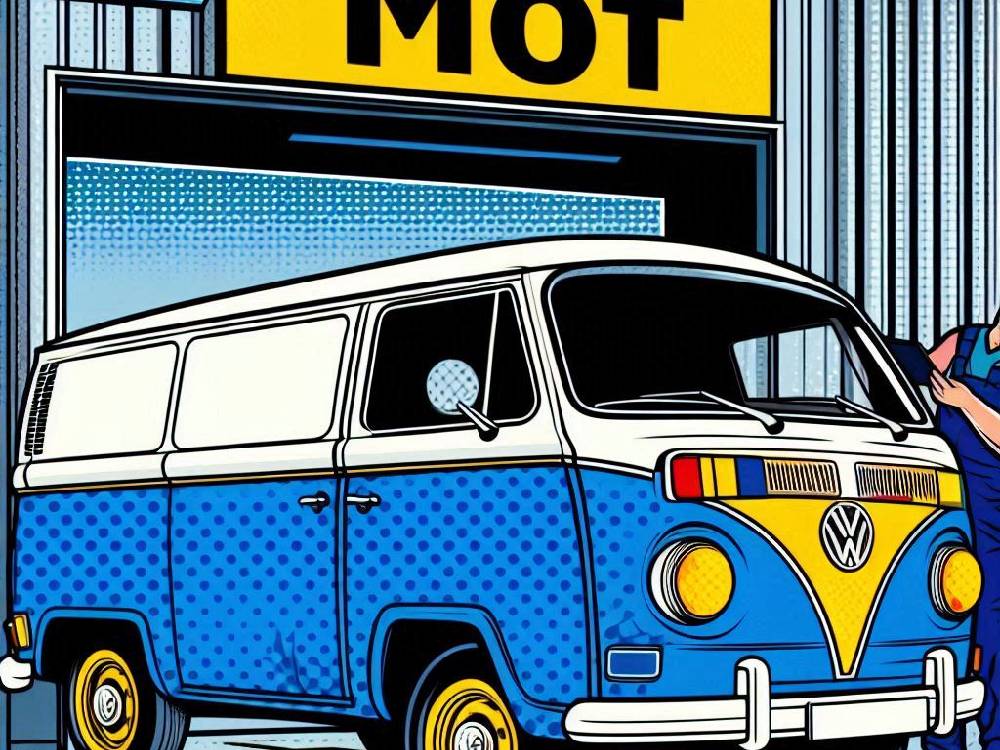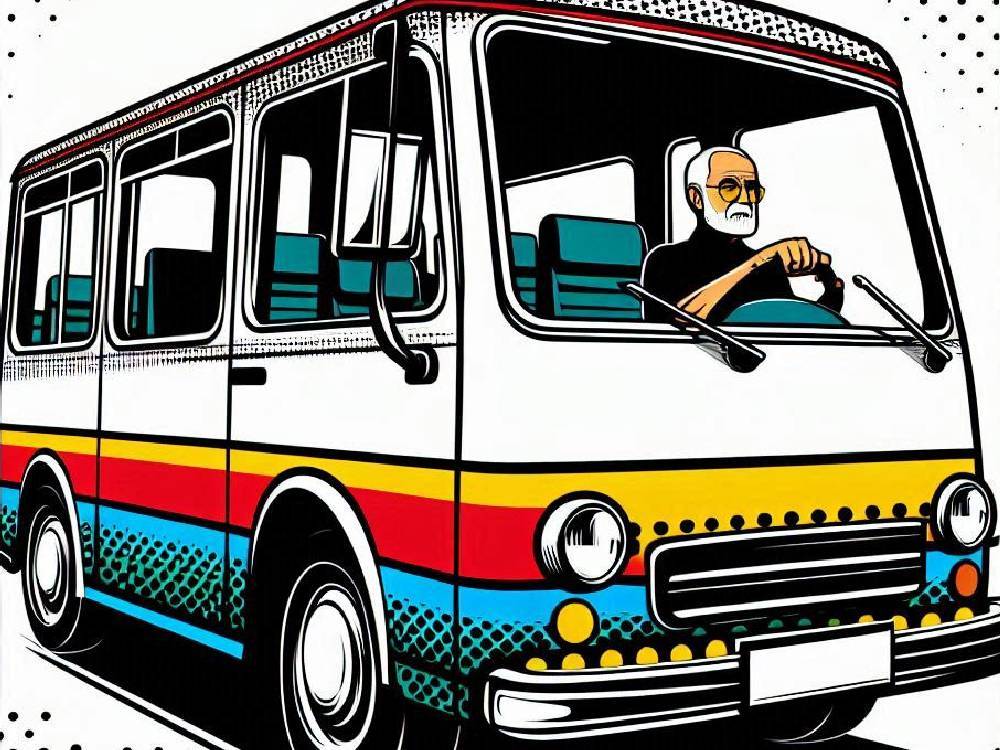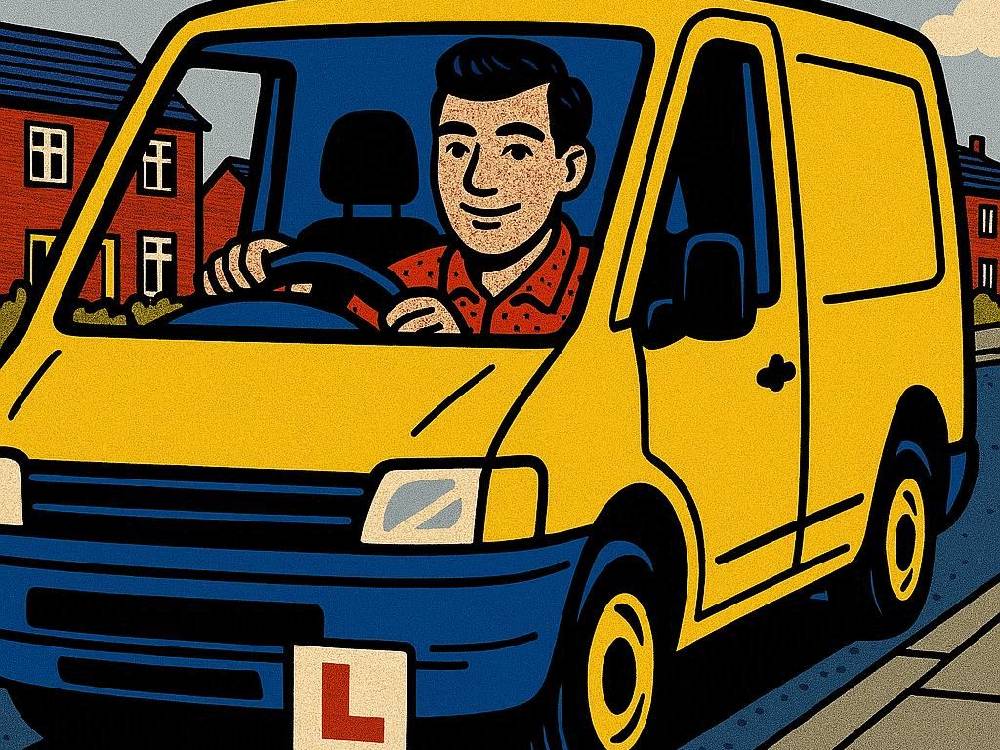Introduction
Van insurance…
Vans fail MOTs nearly twice as often as cars.
And that single fact could push your Van Insurance costs up faster than you realise.
Why Vans Fail MOTs Almost Twice As Often As Cars
Vans work harder than cars, and the stress shows up brutally during MOT inspections.
Daily mileage climbs fast.
Loads get heavier.
Components wear down sooner.
And because many vans earn their keep, maintenance often gets pushed aside until problems become impossible to hide.
Cheap Van Insurance prices reflect this reality, because insurers treat poor maintenance as a direct risk signal.
Although cars enjoy lighter usage and more consistent servicing, work vans often absorb harsher punishment with fewer breaks.
And that punishment shows up when the tester lowers the ramp.
For more on why proper compliance matters, see this guide:
https://www.cheapvaninsurance.co.uk/2023/04/20/why-proper-vehicle-compliance-is-crucial-for-road-safety/
Vans don’t just fail more often.
They fail for more dangerous reasons.
- More wear
Heavier loads
Greater pressure
Here’s the key point:
The harsher your van’s workload, the higher your MOT risk — and the higher your van insurance risk.
How MOT Failure Directly Impacts Your Van Insurance Costs
Every MOT failure leaves a data trail.
Insurers analyse that trail when calculating your premiums.
Because repeated failures imply poor upkeep, providers treat them as warning signs.
Suddenly, getting the cheapest van insurance becomes far harder.
Moreover, MOT failure patterns allow insurers to predict future claims, repair costs, and breakdown risk with surprising accuracy.
A neglected van quickly gets labelled “high-risk.”
This hits long-distance tradespeople hardest.
And that risk drives your premium up.
But here’s where it gets even more serious…
If your MOT failure results in a “dangerous” classification, your van cannot legally be driven.
Driving it anyway could invalidate your Van Insurance instantly.
For more detail on the insurance implications of MOT status, see:
https://www.cheapcarinsurance.co.uk/is-business-van-insurance-cheaper/
The MOT Components Vans Fail Most Often
Most vans fail on the same brutal set of problem areas.
Brakes wear out fast.
Suspension components buckle under weight.
Tyres degrade from load, heat, and constant stop-start cycles.
Lights and electrics fail due to vibration and high-usage stress.
And emissions systems collapse under long-distance commercial driving.
Because these items fail more frequently on vans, insurers raise premiums to compensate.
So what does this mean for you?
Your path to Cheap Van Insurance starts with knowing what fails most.
Check those parts early to stay protected.
If you’d like to explore how telematics helps reduce risks like these, visit:
https://www.cheapvaninsurance.co.uk/2023/03/09/how-telematics-devices-can-save-you-money-on-van-insurance/
When An MOT Failure Can Invalidate Your Insurance
Most drivers don’t realise this.
If your van fails its MOT and receives a “dangerous” defect, your insurance may no longer protect you.
Why?
Because UK law requires your van to remain in a roadworthy condition at all times, whether the MOT is due or not.
A dangerous defect means the van is fundamentally not roadworthy.
Drive it anyway, and insurers can legally refuse claims.
Repair bills fall on you.
Accident liability falls on you.
And you could face fines, points, and seizures.
This is why proactive MOT preparation directly reduces insurance risk.
Learn more about the difference between car and van cover here:
https://www.cheapvaninsurance.co.uk/2023/05/11/are-you-driving-a-car-or-a-van-check-your-insurance-policy/
Here’s the kicker.
Once a van gets black-marked for repeated MOT failures, insurers may classify it as high-risk for years afterward.
Here’s Where It Gets Serious…
Police ANPR cameras now track overdue MOTs automatically.
DVSA roadside checks on commercial vans have doubled in the past decade.
Insurers pull MOT history instantly during quote calculation.
And older vans, especially workhorses, get priced higher because insurers expect more failures.
This is exactly why reviewing your maintenance habits is now one of the fastest ways to access very cheap van insurance.
For a look at how insurance groups influence premiums, check:
https://www.cheapvaninsurance.co.uk/2024/09/18/what-is-the-chea…-insurance-group/
Reduce MOT Failures And Cut Van Insurance Costs
Although MOT failure rates keep rising, you can still take control of your van’s reliability — and your insurance costs.
First, start with the simplest checks.
Because tyres wear rapidly under heavy loads, you should inspect tread and pressure weekly.
Additionally, ensure your brakes respond cleanly, since slow braking often signals early failure.
Furthermore, make sure all lights function correctly, especially after long, uneven journeys that cause vibration-related faults.
But here’s where most drivers slip up…
They delay servicing.
However, because vans take more daily stress, early servicing stops small issues becoming MOT failures.
Consequently, insurers see early maintenance as responsible, which often brings cheaper premiums.
If you want to understand how new drivers navigate these risks, read:
https://www.cheapvaninsurance.co.uk/2024/09/21/can-i-get-van-in…-as-a-new-driver/
How Maintenance Habits Affect Cheap Van Insurance
Maintenance tells a story — and insurers read every chapter.
Although many drivers assume MOT history is minor, insurers treat it as a long-term risk indicator.
Because fewer failures mean fewer claims, a consistent pass rate usually results in lower premiums.
Moreover, insurers increasingly use MOT histories to predict reliability, which means your habits directly influence future quotes.
In addition, small actions like proper tyre pressure or early bulb changes can greatly cut MOT failure risk.
Yet most drivers still overlook the financial value of these simple routines.
Because maintenance affects everything from safety to emissions, insurers reward those who take it seriously.
As a result, drivers seeking Cheap Van Insurance save more when they treat MOT prep as part of their strategy.
For more long-term cost-cutting ideas, explore:
https://www.cheapvaninsurance.co.uk/2024/09/21/top-van-insuranc…g-on-your-premiu/
Expert Strategies For Cheaper Premiums
Since MOT failures are now increasing year after year, many drivers assume insurance costs must rise too.
However, several expert strategies still help you secure cheap van insurance, even in a high-failure environment.
First, consider adjusting your voluntary excess.
Because higher excess lowers upfront risk for insurers, premiums often drop.
Second, improve your van’s security.
Although simple, deadlocks, alarms, and GPS trackers dramatically reduce theft risk — and therefore reduce premiums.
Third, reassess your mileage.
Because insurers price high-mileage vans higher, lowering unnecessary journeys can shift you into a cheaper risk bracket.
But here’s the most overlooked strategy…
Avoid unnecessary modifications.
Since modified vans create unpredictable risk, insurers often increase premiums or decline cover entirely.
Furthermore, switching insurers at renewal often reveals cheaper rates because risk gets recalculated.
Combining maintenance, accurate mileage, and solid security gives you the best chance at long-term
For more guidance on modifications and insurance risks, visit:
https://www.cheapvaninsurance.co.uk/2024/09/25/what-counts-as-a…or-van-insurance/
Conclusion
Although van MOT failure rates continue climbing, you still have significant control over the impact on your insurance.
Insurers rely on MOT history, so every pass helps you while every failure pushes premiums up.
Therefore, by maintaining your van early and fixing issues fast, you unlock cheaper quotes.
Furthermore, Consistent maintenance protects your van and positions you for the cheapest van insurance in the UK.
Ultimately, Combine smart upkeep, accurate mileage, and good security to stay protected and pay far less for Van Insurance.
Similar articles worth exploring:
https://www.cheapvaninsurance.co.uk/2024/10/02/10-simple-hacks-…nce-and-save-big/
Why Taking Your Dog To Work Could Be A Costly Error
https://www.cheapvaninsurance.co.uk/2024/11/23/why-57-of-uk-van…-insurance-hikes/














